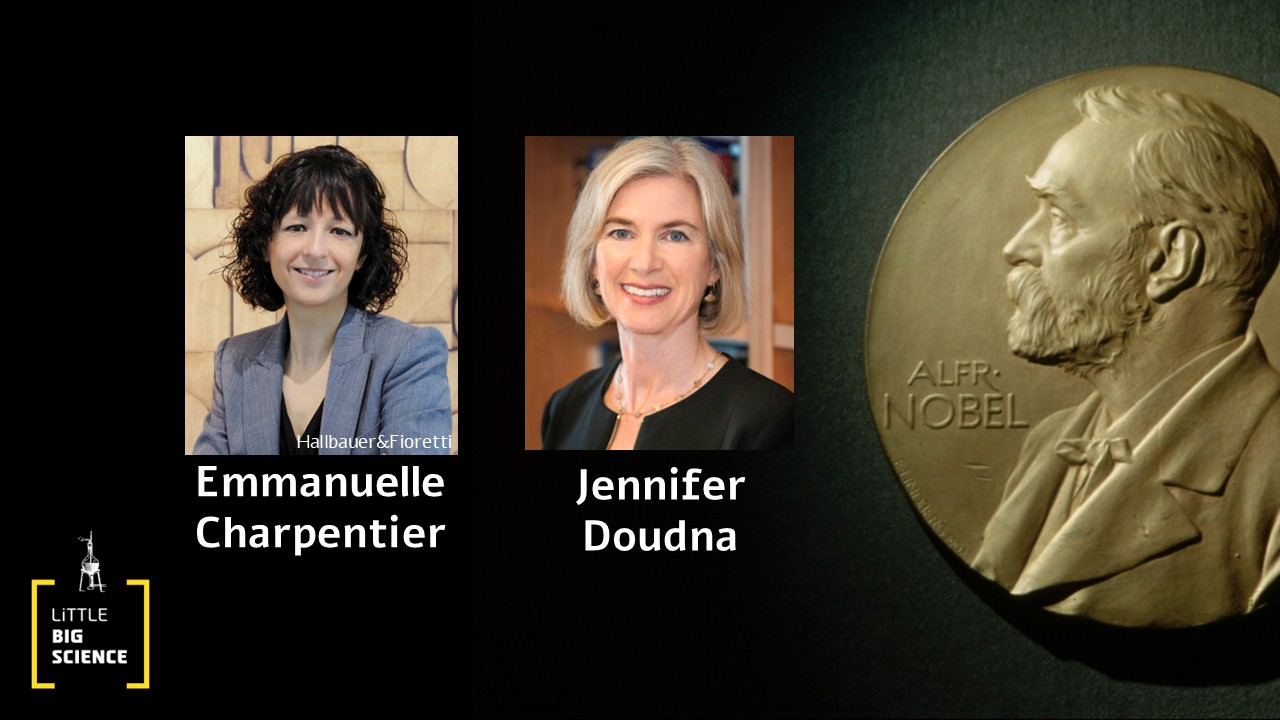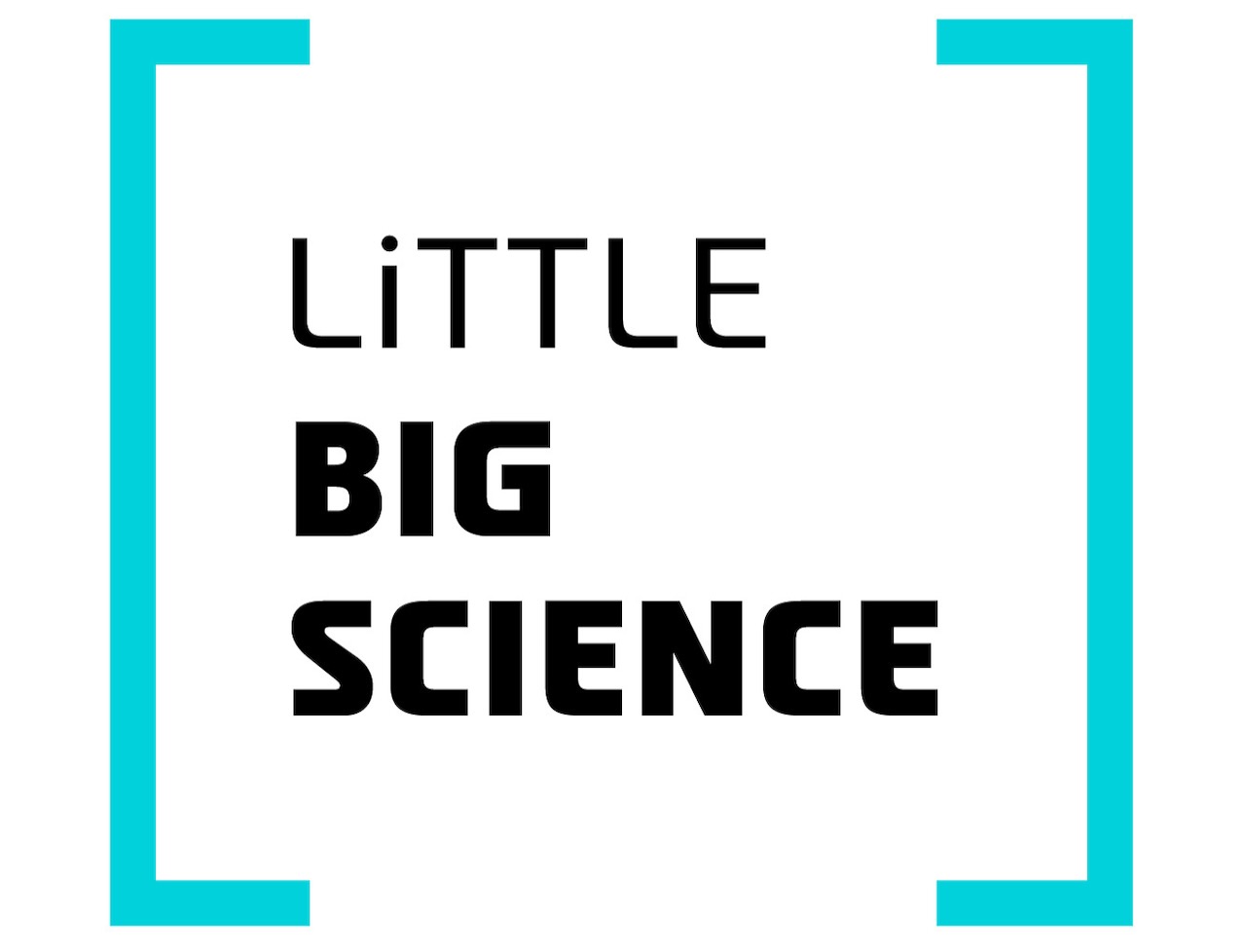
The 2020 Nobel Prize in Chemistry will be awarded to researchers Emmanuelle Charpentier and Jennifer Doudna for their contribution to the development of the CRISPR gene-editing technology. CRISPR technology enables targeted, high-precision alterations to the genetic sequence of living organisms, including humans. This technology has revolutionized life-science research and holds numerous potential applications in medicine – among them treatments for cancer and hereditary diseases.
Advertisement
Gene editing sounds like science fiction—the ability to alter the traits of living organisms, cure diseases, and even grant “superpowers.” Although gene editing techniques have existed for decades, it has only been in recent years has that this has become a tool that any researcher can use, cheaply and quickly, thanks to CRISPR technology.
It all began with a bacterium. Bacteria are attacked by various viruses that inject their DNA into bacterial cells. A system called CRISPR/Cas9, or simply “CRISPR,” can identify and neutralize the invading DNA.
The bacterial CRISPR system contains a stretch of DNA that serves as an “immune memory,” storing sequences from past viral infections. With the help of short RNA fragments, called crRNA, produced from this memory, the system can recognize viral genetic material that has reentered the bacterium. A protein component called Cas9 then cuts the viral DNA. Cas9 acts like scissors that home in on and cleave a specific DNA sequence. Thus, the bacterial immune system can remember and destroy invading DNA.
Emmanuelle Charpentier studied the bacterium Streptococcus pyogenes, which causes strep throat, and discovered a special RNA molecule called tracrRNA. She demonstrated that this molecule is an integral component of the bacterial immune system together with Cas9 and crRNA. tracrRNA is required for the precise identification and cleavage of DNA, much like genetic scissors.
Charpentier published her findings in 2011 and began collaborating with Jennifer Doudna, a biochemist specializing in RNA. Together, the researchers adjusted the CRISPR components and succeeded in reconstructing the bacterium’s genetic scissors, which cut DNA with precision in vitro. This reconstitution made it possible to cut any DNA, not just viral DNA in bacteria. Such cleavage facilitates gene disruption and the insertion of new DNA segments into genes. This breakthrough, published in 2012, enabled scientists to easily and accurately modify the genetic code of many living organisms.
Although CRISPR is a relatively new technology, it has already revolutionized the fields of life sciences and medicine. Researchers can easily and precisely alter the genetic sequences of their study subjects, ranging from cell cultures to whole animals. This enables them to gain deeper understanding of the building blocks of life. For example, editing plant genomes has produced crops that are resistant to pests and drought.
CRISPR technology is also being used to develop groundbreaking medical therapies, including engineered immune cells that attack cancerous tumors and cures for previously untreatable hereditary diseases. In recent years, human clinical trials of these novel treatments have been underway, and some have already shown promising results. One such study targeted sickle cell anemia, a severe genetic disease that impairs red blood cell function and causes a life-threatening condition.
There is no doubt that this discovery is worthy of a Nobel Prize. Ever since CRISPR technology was put to use, it has been a leading candidate—we even included it in our “Nobel betting table” last year. This year, Charpentier and Doudna won the Wolf Prize in Medicine, which is awarded in Israel and is often seen as a good predictor of Nobel Prize winners. Last year they received the prestigious Harvey Prize which is awarded at the Technion, together with researcher Feng Zhang. However, concerns were raised that patent disputes among research teams involved in developing the technology would delay the awarding of a Nobel Prize, making this year’s prize especially surprising and exciting.

Emmanuelle Charpentier, lecture at the symposium marking her Harvey Prize win at the Technion in 2019
References:
- Press release on the 2020 Nobel Prize in Chemistry
- Extended scientific background on the 2020 Nobel Prize in Chemistry
- The Harvey Prize awarded to the developers of the CRISPR genetic engineering technique, Little, big science 2019
- Listen: Talking Science podcast, Episode 47: Oren Oster – How to lay out your DNA? (Hebrew)
English editing: Gloria Volohonsky







